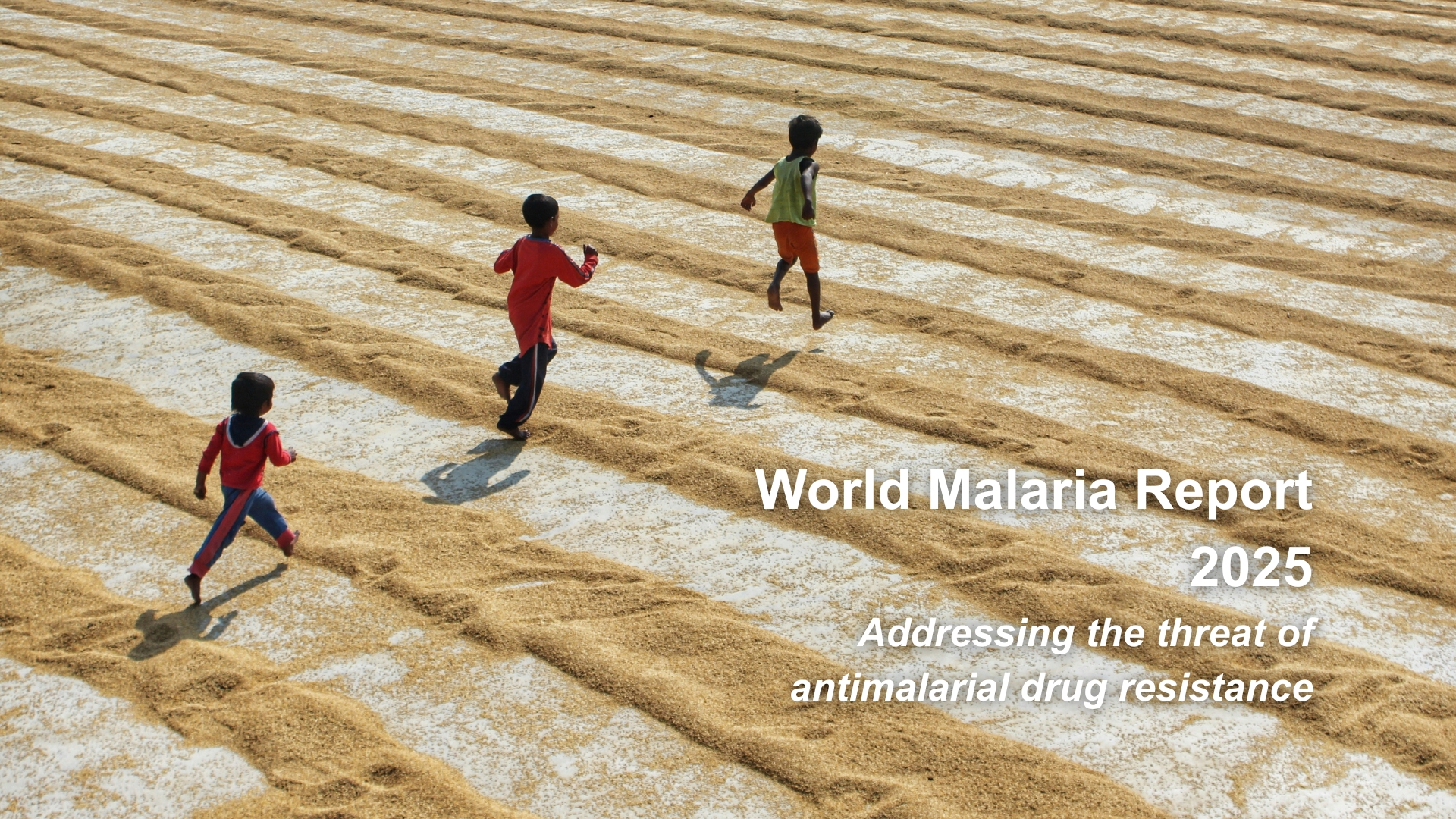
At the 9th East Asia Summit (EAS) in 2014, Prime Minister of India along with 17 other Asia Pacific Heads of Government, committed to the goal of an Asia Pacific free of malaria by 2030. Nearly a decade later tremendous progress has been made both in India and the Region as a whole. Sri Lanka and China have eliminated malaria while many countries, such as Bhutan, Bangladesh, and Nepal are nearing elimination. India has been no exception: between 2015-2021, the country has seen an 86 per cent decline in malaria cases and a 76 percent drop in deaths from malaria.
According to the World Health Organization (WHO), in 2021, there were an estimated 247 million malaria cases and an estimated 619,000 deaths attributed to malaria. Africa carries a disproportionately high share of the global malaria burden, with 95% of malaria cases and 96% of malaria deaths, where children under 5 accounted for about 80% of all malaria deaths. Out of the global 247 million malaria cases in 2021, Asia Pacific nations contributed to 1.79 million cases, with P. vivax in many countries as the dominant species.
Malaria in Asia Pacific countries presents its own complexity and challenges in terms of biological, clinical, epidemiologic and social dimensions. In the region, in 2021, Papua New Guinea (PNG) contributed to 36% burden, followed by Pakistan (22%), Indonesia (17%), India (9%), Afghanistan (5%), Solomon Islands (5%), and Myanmar (4%). The highest Annual Parasite Incidence (API) belongs to the Solomon Islands (119), followed by PNG (65.5) and the remaining countries had an API of less than 2. For comparison the average API of India is 0.11 (2021 data).
The burden of malaria in India is concentrated in hard-to-reach and forested areas of Maharashtra, Chhattisgarh, Jharkhand, West Bengal, Odisha, Meghalaya, Mizoram, Tripura, where environmental conditions coupled with suboptimal infrastructure and development make it challenging for communities to access health services.
There are an estimated 25 high-burden districts in India (2021), which should be the target for intense and targeted malaria elimination effort, so that these ‘heartlands of malaria’ are made malaria free as soon as possible. These districts are designated as Category 2 (medium) and 3 (highest) based on the intensity of malaria transmission.
To support the national malaria elimination goal, two projects have generated important evidence of what is possible: the DAMaN (Durgama Anchalare Malaria Nirakaran) Project in Odisha & the comprehensive Malaria Elimination Demonstration Project (MEDP) in tribal district of Mandla, Madhya Pradesh. The key objective of DAMaN was to test and treat malaria in hard-to-reach villages of Odisha. The project achieved a remarkable 88% reduction of cases. In contrast, MEDP used the existing strategies of the National Strategic Plan for Malaria Elimination, including robust surveillance and case management, vector control, social and behavioural change communication, and capacity building with an intense focus on accountability, reviews, monitoring and feedback at each level. MEDP achieved a 91% reduction in indigenous malaria cases in all 1233 villages under 4 years and published the learnings for disseminating and replicating best practices throughout the country and the region. Three important outcomes to share are: 1) for 6 consecutive months, there was no indigenous transmission: 2) there were a total of 18 months during the project period with no indigenous transmission; and 3) the majority of imported cases detected came from an area 750 KMs from district Mandla, but not the adjoining districts.
Through these efforts, a “Science of Malaria Elimination”, has emerged that could be used for sub-national, national, and regional elimination programs in the Asia Pacific region.
The key learnings of the Mandla project were the significance of oversight at management, technical, operational, and financial levels, periodic independent reviews by public health experts, sharing data and results on a regular basis, and regular formal briefing for technical and policy leadership at national and sub-national levels.
A Malaria-Free Asia Pacific is feasible by 2030. This optimism comes from the fact that we have safe, effective, and affordable diagnostics tests, drugs and tools of vector control that are made in the region. The countries that have eliminated malaria have used these existing vector control and case management tools.
A “Science of Malaria Elimination” provides an evidence-based system of delivery that includes ensuring identification of all cases for prompt treatment, including low density infections and asymptomatic cases, ensuring all cases are treated promptly and tracked post treatment, while detecting and treating imported malaria so that outbreaks are prevented. Other foundational aspects have shown relevance include, administering continuous training and building programs, so that front line workers are always on top of their game and deploying management controls and routine external reviews. With the political commitment at multiple levels of leadership the fight against will be won. There is now the “Science of Malaria Elimination” from two projects in India to prove it.
.svg)


.jpg)






